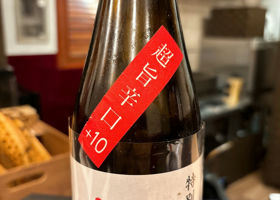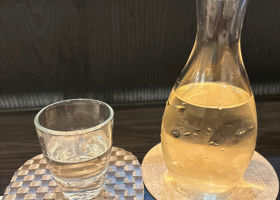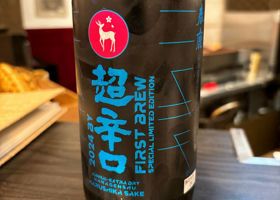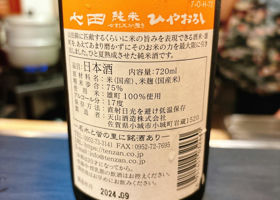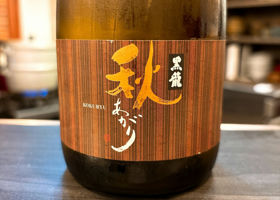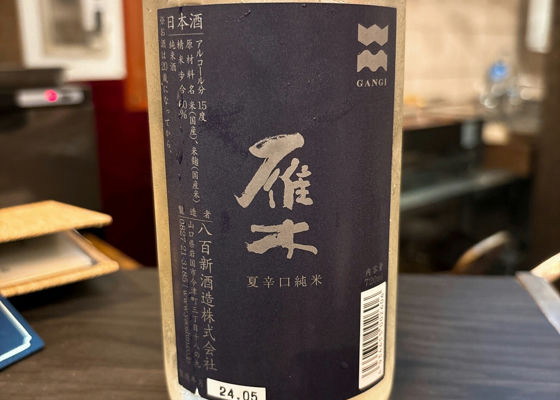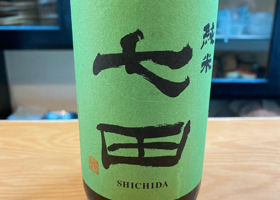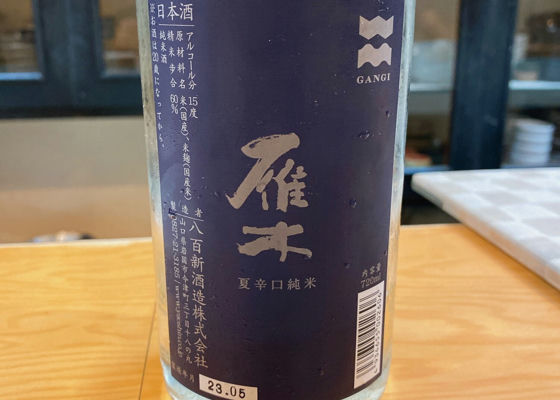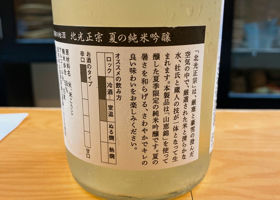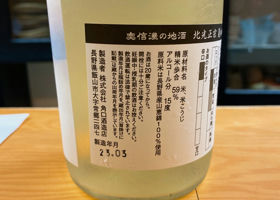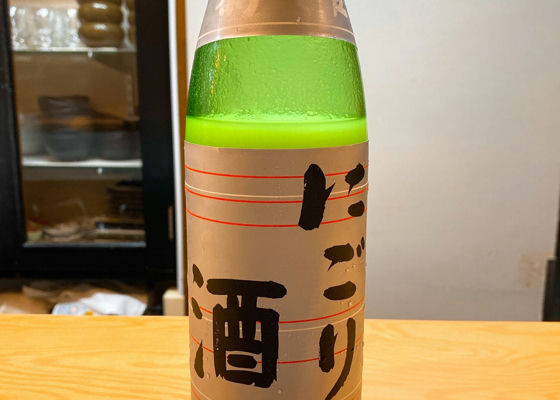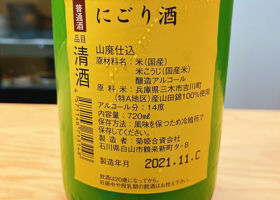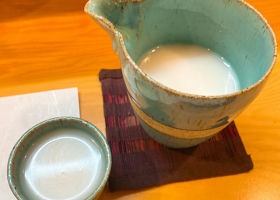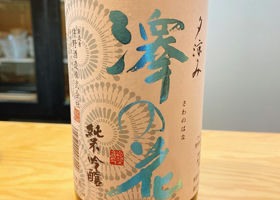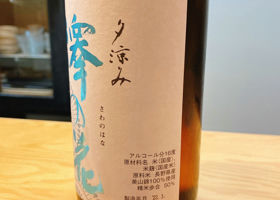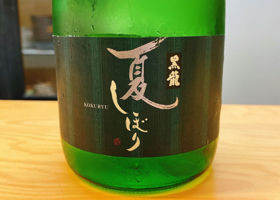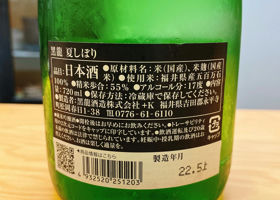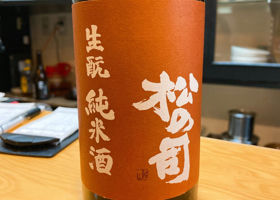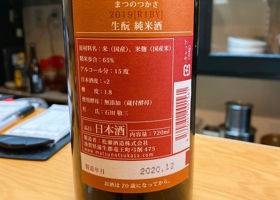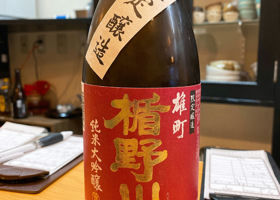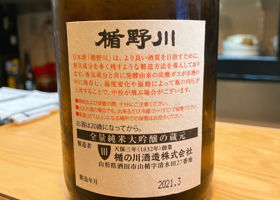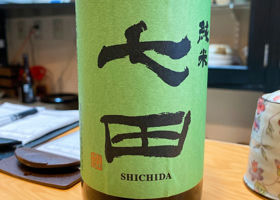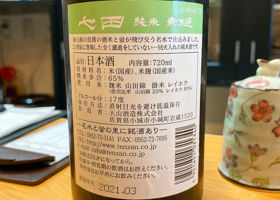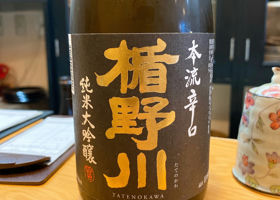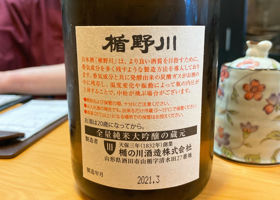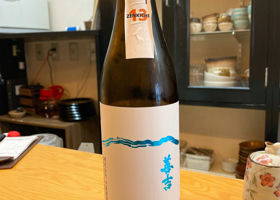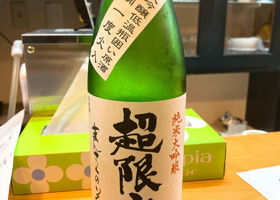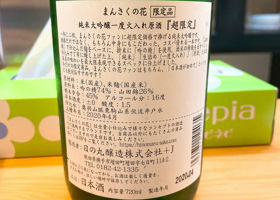Timeline
やす☆It has a good, robust flavor that is typical of 65% polished wines, but it also has a crisp, clean finish. やす☆It has a clear, crisp mouthfeel that finishes with a refreshing acidity. When cold, it is light and dry. As the temperature rises, it reveals a soft umami flavor with a 50% polish. やす☆The color is pale yellow and the BY is unknown, but it seems to be matured.
When served cold, it is heavy with a sense of maturity and acidity similar to that of a sake made from sake brewed in a traditional sake brewery. When heated, it has a mild umami and a sharpness with acidity. I prefer it warmed by far. やす☆Slightly thickened on the tongue. It is a crisp, dry sake that does not feel heavy at 18 degrees C. It has a sharp sharpness with a slight freshness and crisp bitterness. やす☆It has a crisp, clear umami that is hard to believe that it is low-polished and has a sharpness accompanied by a crisp acidity. やす☆The crisp mouthfeel, typical of Kuroryu, coexists with the softly-flavored flavor of autumn. It has a good sharpness and is good as a mid-meal drink. やす☆It is refreshing, crisp, and clean, just like a summer sake. やす☆It has a clear, crisp mouthfeel and is crisp and clean. As the name suggests, it is a dry sake with a sharp impression. やす☆It has a clear, moderate rice flavor and is crisp and clean. I prefer it at room temperature as it softens. やす☆This dry sake is even sharper and more crisp than the Hokko Masamune that we drank just before. やす☆The first Hokko Masamune.
It is refreshing, crisp, and has a good sharpness. In general, it is light and easy to drink, with a taste that is typical of summer sake. やす☆It is quite nigori. It has a strong nigori-like milky rice flavor, but it seems to have been made easier to drink by the addition of alcohol. やす☆It has a soft pear-like fruitiness that is typical of a 50% polished sake, and a crisp sharpness accompanied by a clear, subtle acidity. It has a lightness typical of summer sake. やす☆It has a refreshing mouthfeel, but the robust umami flavor expands and quickly finishes. The high alcohol content makes it questionable if it is a typical summer sake, but it does have the character of Kuroryu and Ihyakumangoku. やす☆At dinner maki. When heated, it is refreshing, mellow and easy to drink. やす☆At the supper maki. It has a hint of sweetness and is easy to drink. やす☆A little raw feeling as if it was cooked once. The acidity in the latter half is quite firm. やす☆At the supper maki. Elegant mouthfeel typical of Jundais. There is a little dryness at the end, but it is modest. やす☆In the evening meal. It is light and smooth at 13 degrees, but I personally want some acidity at the end. やす☆At the evening meal. Sweet and savory. RecommendedContentsSectionView.title








